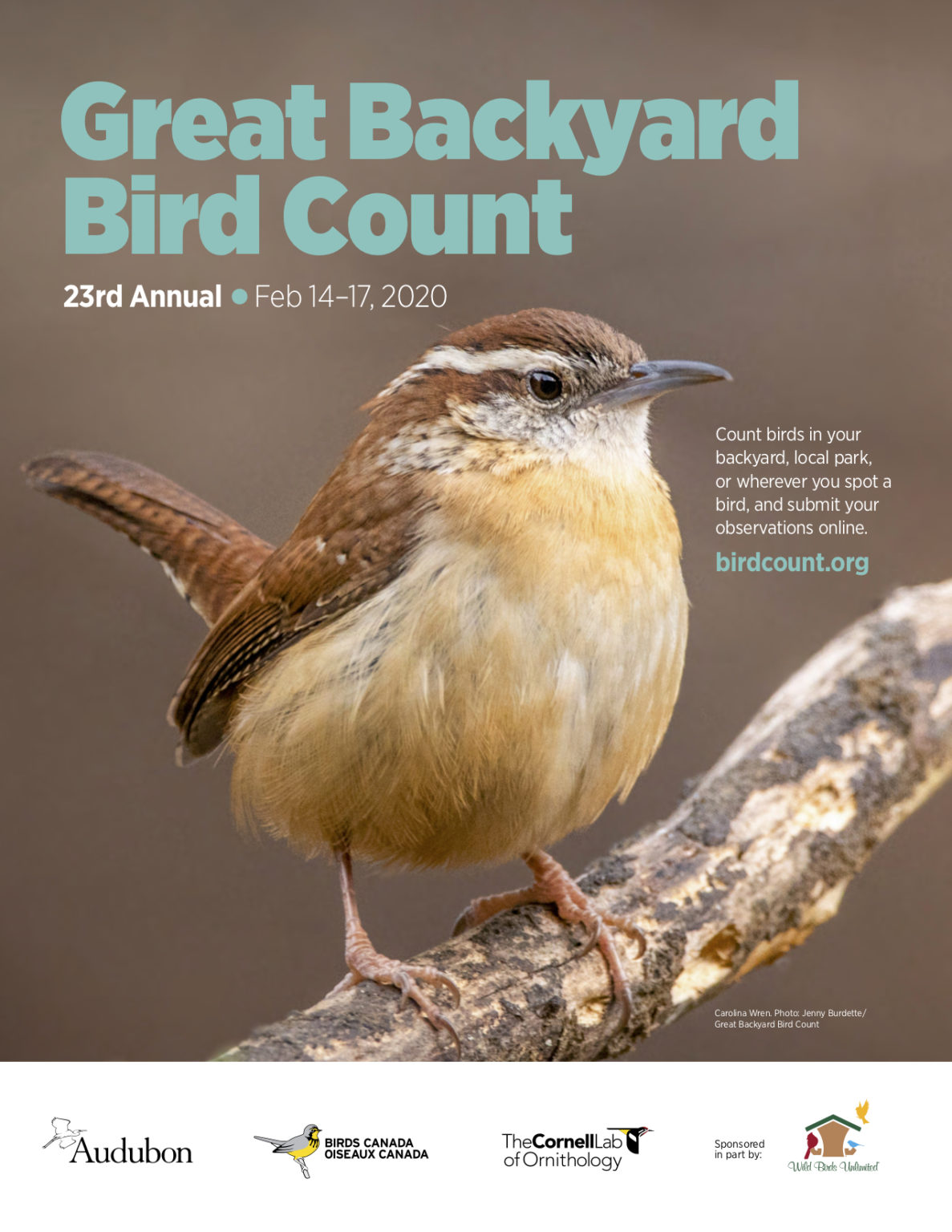Imagine a world where the beloved characters of your favorite animated films come to life, flitting about your backyard like vibrant jewels against the green backdrop. Picture the charming, quirky antics of Pixar’s “Up” as you encounter a playful group of sparrows, or the wisdom of Mr. Owl from “Bambi,” perched quietly, observing the flurry of life below. This whimsical imagery isn’t purely fantasy; it mirrors the spirit of the Great Backyard Bird Count (GBBC), a monumental initiative engaging citizens in the joyful and insightful exploration of avian life right in their very own backyards.
The Great Backyard Bird Count, an innovative citizen science project, beckons participants each year to be stewards of the natural world. It invites individuals and families to count the birds they see during a designated weekend in February. Launched in 1998, the project was co-founded by the Cornell Lab of Ornithology, the National Audubon Society, and Birds Canada. Since its inception, it has not only captivated the hearts and minds of countless bird enthusiasts but has also produced invaluable data that contributes to the understanding of bird populations across North America.
This engaging activity has seen an impressive swell in participation over the years. In 2021 alone, around 300,000 people from over 100 countries took part. Surprisingly accessible, the project functions on the premise that anyone can engage in this avian counting escapade, whether you’re a seasoned ornithologist or a curious beginner. Just like how Harry Potter and his friends band together to unravel the mysteries of the wizarding world, individuals of all ages and backgrounds collaborate in this delightful endeavor, forging connections with nature and one another.
The process is refreshingly simple. Participants are requested to count the number of birds they observe within a 15-minute window. They can choose any location—be it a bustling urban park, a secluded garden, or even their back porch. After recording their observations, they submit their findings online. This influx of data allows researchers to track fluctuations in bird populations, contributing vital insights into avian biodiversity and the ecological impacts of climate change.
In a world increasingly affected by rapid environmental changes, understanding bird population dynamics is more crucial than ever. The results from the GBBC have decisively shown trends that reveal shifts in bird distributions, indicating which species are thriving and which are in decline. For instance, over the years, sightings of the American Robin and the Northern Cardinal have seen significant rises, while the Eastern Meadowlark has experienced a concerning drop in numbers. Such findings can serve as a wake-up call to communities—much like the tenacity and determination of characters like Katniss Everdeen from “The Hunger Games,” reminding us that every effort counts in the battle for our environment.
Moreover, the educational benefits of the GBBC extend far beyond the quest to document bird species. It serves as a remarkable platform for fostering ecological awareness among young people. Much like the adventurous spirit of characters such as Carl Fredricksen from “Up,” children and families are encouraged to step outside, explore their surroundings, and immerse themselves in the wonders of the natural world. Every sighting becomes a narrative, and each chirp is a chapter in the ongoing story of our planet’s biodiversity.
But the GBBC transcends mere numbers and statistics. It embodies the spirit of community involvement. Participants often share their experiences on social media, using hashtags to connect with fellow birders across the globe. The camaraderie is reminiscent of the vibrant friendships found in studio films like “Zootopia,” where diverse species unite to create a harmonious environment. This collective observation fosters conversations about local ecosystems, environmental stewardship, and the roles individual citizens can play in preserving biodiversity.
As the season unfurls each year, anticipation builds for the weekend of the Great Backyard Bird Count. Communities come alive with the joyous sounds of nature. Bird feeders are stocked, binoculars polished, and field guides readied. In the same way that Tony Stark prepared for his battles as Iron Man, participants arm themselves with knowledge and enthusiasm. The unique opportunity to witness avian behavior, territorial displays, and migratory patterns instills a sense of wonder and respect for these creatures that share our world.
Finally, the GBBC serves as a testament to the importance of informed advocacy for wildlife. Because awareness leads to action, participants are often inspired to implement changes in their habits. Enhancing backyard habitats with native plants, reducing pesticide use, and ensuring safe feeding stations for birds all contribute to creating environments that support local wildlife. This aligns with the unwavering resolve exhibited by characters like Ahsoka Tano from “Star Wars,” who champion causes larger than themselves, bringing about meaningful change in their communities.
As the Great Backyard Bird Count continues to cultivate a deeper relationship between humans and the avian world, it illustrates how a simple act can lead to transformative understanding and stewardship. Such initiatives affirm the idea that we all can play a role in advocating for our planet’s creatures. So, gather your family, summon your friends, and embark on this whimsical adventure of exploration and counting—because nature is waiting, and the world of birds, much like the memorable fables we cherish, is full of stories yet to be told.









Leave a Comment